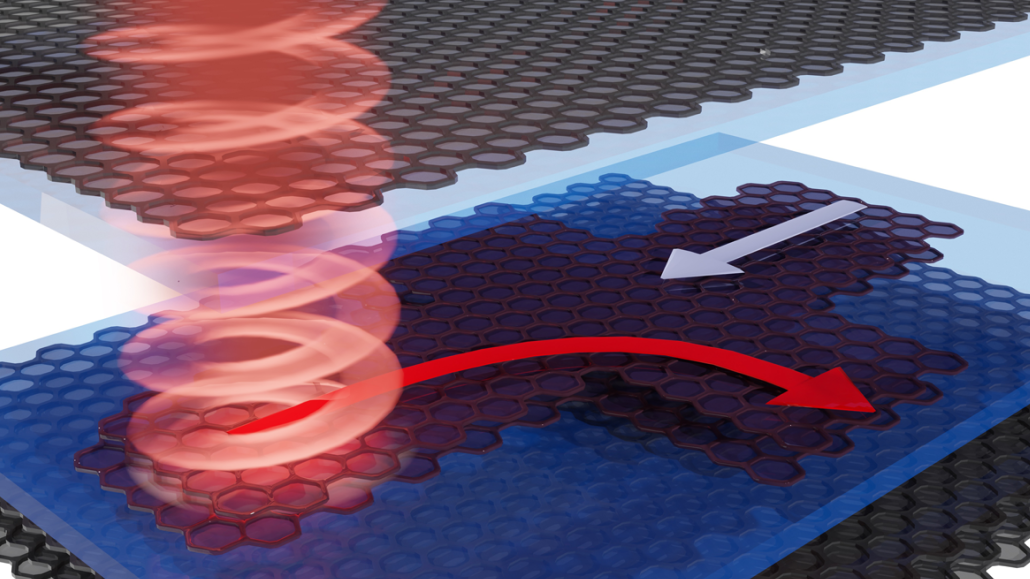Light-matter interactions are fundamental in modern optoelectronics. In the past decade, the research has shown the promising role of the graphene in the optoelectronic field, advances that includes:
- Gate-tuneable modulation
- Ultra-fast detection
- THz capabilities


